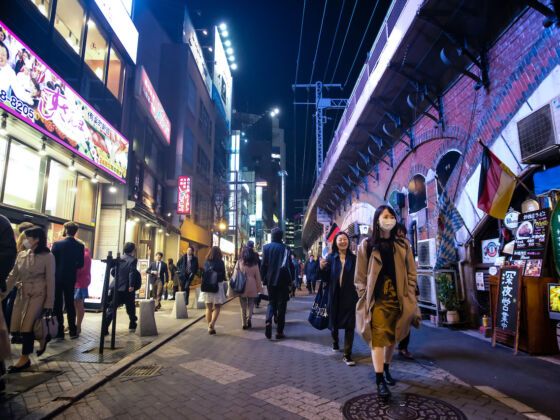1. The locals stop praising your Japanese.
It’s rather patronising — if you string together a semi-coherent sentence, if you manage a couple of words, you’ll be told 日本語はお上手ですね, nihongo wa sogoi o-jozu desu ne, isn’t your Japanese ever so good? The Japanese woman — it does, for some reason, seem to be women who’re more prone to this behaviour — who does this might not actually muss up your hair or squeeze your cheek, but the condescension’s unmistakeable.
